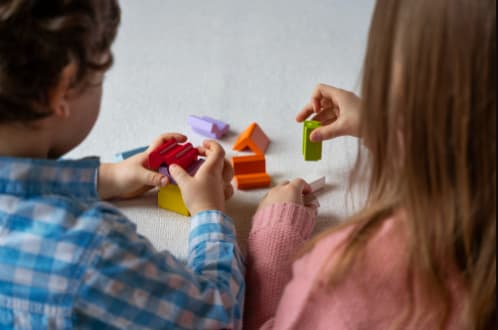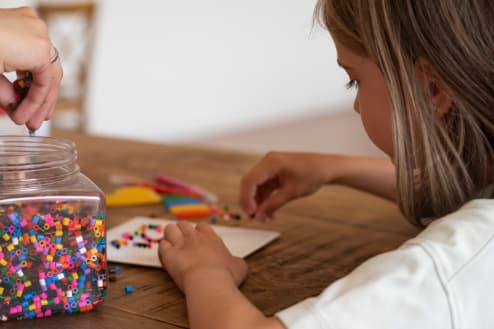What is sensory integration? Exploring the basics
Sensory integration is the neurological process that organizes and interprets sensory information from the environment, allowing individuals to respond appropriately. This involves the integration of data from various senses, including sight, sound, touch, taste, and movement. In a typical scenario, the brain takes in sensory information, processes it, and formulates an appropriate response. For instance, when touching a hot surface, sensory integration helps the brain quickly recognize the danger and react by pulling the hand away. In children, sensory integration plays a crucial role in their ability to learn, socialize, and engage with their surroundings. Effective sensory integration promotes adaptive behavior, emotional regulation, and cognitive functioning, forming the foundation for overall development.
The role of sensory integration in child development
Sensory integration is vital for children’s development as it influences their ability to interact with the world. From infancy, children explore their environment through their senses, which helps them develop essential skills. For instance, sensory experiences during play contribute to motor skill development, spatial awareness, and problem-solving abilities. As children grow, effective sensory integration enhances their learning capabilities, social interactions, and emotional resilience. For example, children who can process sensory input effectively are better equipped to focus in school, engage in group activities, and manage daily routines. In contrast, difficulties in sensory integration can lead to challenges, such as anxiety, social withdrawal, and learning difficulties, highlighting the importance of supporting sensory development.
Signs of sensory processing challenges: what to look for
Parents and caregivers should be aware of signs indicating potential sensory processing challenges in children. Common indicators include hypersensitivity (overreacting to sensory stimuli) or hyposensitivity (underreacting to sensory input). For instance, a child who becomes easily overwhelmed by loud noises or textures may exhibit hypersensitivity, while a child who craves constant movement or seems oblivious to pain might display hyposensitivity. Other signs include difficulty with transitions, trouble focusing, avoiding certain activities, or displaying excessive frustration during sensory experiences. Identifying these challenges early is crucial, as it allows for timely intervention and support, fostering a positive developmental trajectory.
Therapeutic approaches to support sensory integration
Several therapeutic approaches can effectively support sensory integration in children. Occupational therapy is one of the most common interventions, employing sensory integration techniques tailored to individual needs. Therapists use play-based activities to help children process sensory information more effectively. Additionally, programs that incorporate movement, such as yoga or dance, can enhance body awareness and self-regulation. Creating a sensory-friendly environment at home or school can also significantly impact a child’s ability to cope with sensory input. Strategies might include reducing background noise, providing tactile experiences, and incorporating calming visuals. Through a combination of therapeutic approaches and environmental adaptations, children can improve their sensory processing skills and overall quality of life.

Practical tips for parents and caregivers to support sensory needs
Parents and caregivers play a vital role in supporting their child’s sensory integration. One effective strategy is to observe and understand the child’s sensory preferences and aversions. Keeping a sensory journal can help track reactions to various stimuli, aiding in the identification of patterns and triggers. Additionally, creating a sensory diet—structured activities tailored to a child’s sensory needs—can enhance daily functioning. This may include scheduled breaks for movement, calming exercises, or engaging in creative activities that stimulate the senses. Establishing a consistent routine can also provide a sense of security, helping children navigate their sensory experiences. Finally, open communication with educators and therapists is essential to ensure a collaborative approach to supporting sensory integration, promoting a comprehensive understanding of the child’s unique needs.
By focusing on these aspects of sensory integration, we can better understand its impact on development and create supportive environments that foster growth and well-being in children.

 Martinez Tracy
Martinez Tracy


